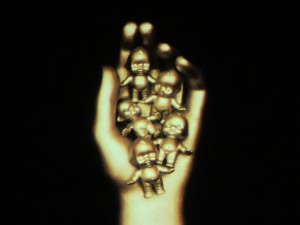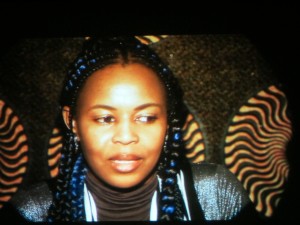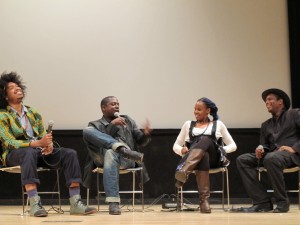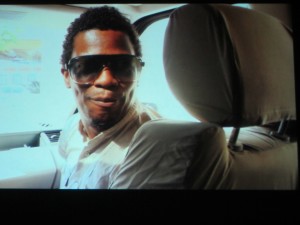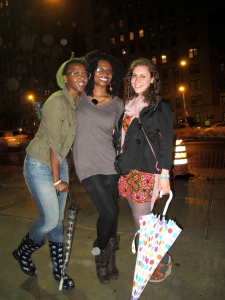By Robin Riskin
‘Restless City’ (2011), directed by Andrew Dosunmu, is a visual delight set on the streets of New York City, told through the eyes of a West African immigrant named Djibril (Sy Alassane). The film just snapped up Best Feature (Best Director) and Best Cinematography at the Colours of the Nile International Film Festival in Addis Ababa.

‘Restless City’ is the first feature film by Andrew Dosunmu, whose background lies in fashion photography and music video directing. (restlesscityfilm.com)
An aspiring rapper from Senegal, Djibril sells CDs on Canal Street, traverses the town via red motobike, and returns home to a dusty apartment in Harlem. His daily hustle takes a perilous turn when he encounters the beautiful Trini (Sky Grey) at the brothel of his bootleg CD supplier. Fast days and pulsing nights blur into a smoky haze against bustling sidewalks, dark clubs, and hair salons.

‘Restless City’ snapped up Best Feature (Best Director) and Best Cinematography at the Colours of the Nile Film Festival in Addis Ababa Nov. 7 – 11. (restlesscityfilm.com)
Through a light plot and sparse dialogue emerges a story that explores the consequences of displacement and results of a dream deferred. While the hasty script was written in two weeks (screenwriter Eugene Gussenhoven) and the footage shot in another two, the images and emotions are astounding. Freeze any given instant, and the still could be a photograph ripped from a fashion magazine or hung in an art gallery.
Think Samuel Fosso’s funky studio portraits, Yinka Shonibare’s politically charged Dutch wax print installations, and Chimanada Ngozi Adichie’s transgressive narratives of West Africans in urban America, mix them in a blender, and put it to film. What with the prowess of cinematographer Bradford Young (who also shot the critically acclaimed ‘Pariah’) and Dosunmu’s background in fashion photography and music video directing, ‘Restless City’ is a visual stunner.

The film takes us through bustling Manhattan streets to smoky Harlem clubs and brothels. (restlesscityfilm.com)
Behind a guise of chic Afropolitan aesthetics, Djibril is confined to a space where he is surrounded by other West African immigrants and isolated from interaction with White American society. While in one sense, Dosunmu loses an opportunity to explore a young Senegalese man’s negotiations of urban America, in another, he purposely defies what has in many ways become a burden for ‘African’ filmmakers creating stories about ‘Africans’ in the diaspora. He shows Djibril acting within his own community instead of marginalized as an ‘other.’
Dosunmu says that ‘Restless City’ is his letter of advice to young immigrants, and his discourse with governments in Africa. “Why are we letting these people go?” he said in the Q&A at the Colours of the Nile Film Festival. “Two hundred years ago, it was by force. Now, it’s our own will.” Continue reading



